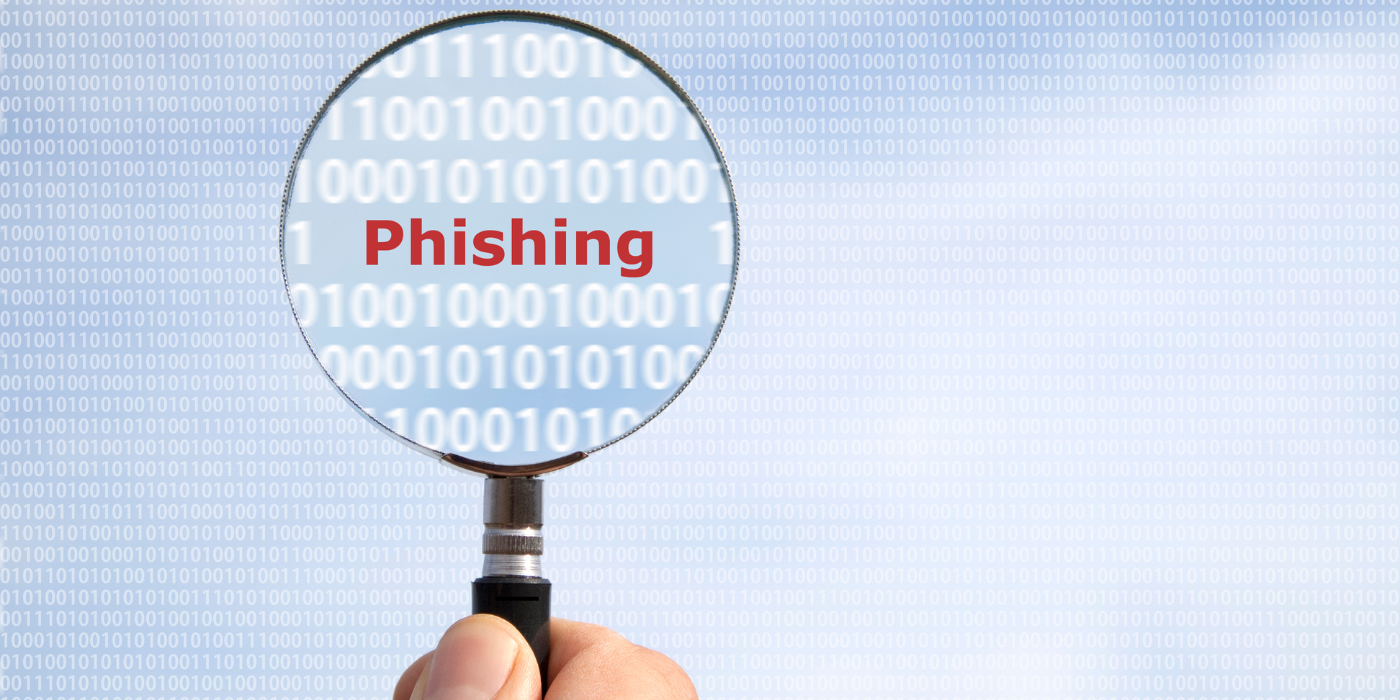AI-Driven Phishing Attacks: How to Stay Safe

Introduction
Phishing has remained one of the most successful and popular types of cybercrime. Attackers used to use makeshift emails, deceptive links, as well as deceptive websites to lure unsuspecting people and obtain sensitive information. Nevertheless, as technological progress in artificial intelligence (AI) has grown at a rapid pace, the phishing attacks have taken a different form. With the current advances in AI, cybercriminals are now using it to generate very believable, customized, and scalable phishing emails that have become more difficult to recognize.
This revolution has turned AI-powered phishing into one of the most urgent issues of the age of the digital era. As an individual in control of the personal data or a business in control of precious customer and employee data, it is vital to keep abreast of these emerging types of attacks.
Here, through this blog, we will discuss what AI-driven phishing is, the modes of working, why it is more threatening than conventional phishing and above all how you can remain safe in this fast-developing cyber world. On the path, we will as well point out the reasons why cybersecurity awareness ought to be emphasized in all sectors, including those that may not be more technology-oriented, such as staff agencies in Canada, medical organizations, and retail enterprises.
What Is AI-Driven Phishing?
Phishing refers to the attempt to trick someone into giving away sensitive information, such as login credentials, credit card numbers, or confidential business data, by posing as a trustworthy entity. AI-driven phishing takes this technique a step further by using machine learning and natural language processing tools to craft more realistic and tailored attacks.
For example, while a traditional phishing email might have spelling errors or generic greetings like “Dear Customer,” an AI-generated phishing email can perfectly mimic the writing style of your boss, a trusted vendor, or even a close friend. AI tools can scrape data from social media and company websites to personalize attacks so convincingly that even tech-savvy individuals may fall victim.
Some of the most common AI-driven phishing strategies include:
- Deepfake Voice Calls: Attackers use AI to clone a voice and impersonate a known person, such as a CEO, asking employees to transfer funds.
- Hyper-Personalized Emails: AI collects data about a target’s behavior, recent purchases, or professional connections to create convincing scenarios.
- Chatbot Phishing: Malicious bots engage in live conversations with victims to trick them into revealing sensitive details.
Why AI-Driven Phishing Is More Dangerous
AI has revolutionized phishing for several reasons:
- Scalability
Attackers can use AI tools to create thousands of unique phishing emails in seconds, each customized for individual recipients. - Accuracy
By analyzing online data, AI ensures messages look authentic, reducing the typical red flags associated with phishing. - Automation
AI-powered bots can carry out phishing attempts across multiple platforms—email, SMS, social media, and chat applications—simultaneously. - Speed
Phishing campaigns can be launched and adjusted in real time, making it difficult for detection systems to keep up.
These factors make AI-driven phishing far more dangerous than its traditional counterpart. Organizations, including those using staffing solutions to manage teams or outsource talent, must remain vigilant, as attackers target companies of all sizes.
Real-World Examples of AI-Driven Phishing
To understand the seriousness of this threat, let’s look at some real-world scenarios:
- Business Email Compromise (BEC): AI tools replicate executive writing styles, tricking employees into approving fraudulent wire transfers.
- Customer Service Chatbots: Fake AI-driven chatbots mimic legitimate ones, convincing customers to share credit card details.
- Deepfake Attacks: Fraudsters clone voices or even create video deepfakes to manipulate victims into following harmful instructions.
These examples highlight how sophisticated AI-driven phishing has become.
Industries at Risk
Every sector faces risks from AI-driven phishing. Here’s why:
- Finance: Banks and payment platforms are primary targets due to sensitive transactions.
- Healthcare: Attackers seek patient records and insurance details.
- Education: Universities are vulnerable as they store vast amounts of personal data.
- Recruitment & Staffing: Cybercriminals may exploit trusted connections in hiring processes to steal data or financial information. Even staffing services in Toronto and elsewhere are at risk when handling confidential client and candidate information.
How to Recognize AI-Driven Phishing
While AI makes phishing more sophisticated, certain strategies can still help you recognize potential attacks:
- Unusual Requests: If a colleague or executive asks for sensitive information or urgent financial transfers, verify through another channel.
- Inconsistencies in Communication: Even AI can sometimes generate subtle errors in tone or context.
- Unexpected Links or Attachments: Be cautious with emails prompting immediate downloads or logins.
- Too Good to Be True Offers: Deals, promotions, or job offers that sound overly attractive may be scams.
Strategies to Stay Safe
- Educate Yourself and Your Team
Training is the first line of defense. Employees should undergo regular cybersecurity awareness programs to identify potential phishing threats.
- Implement Multi-Factor Authentication (MFA)
MFA adds an extra layer of protection by requiring multiple verification methods before granting access to accounts.
- Use Advanced Email Filtering
Modern spam filters powered by AI can detect suspicious patterns and block harmful emails before they reach the inbox.
- Keep Systems Updated
Regular updates and security patches help close vulnerabilities that attackers may exploit.
- Verify Requests Independently
If you receive an unusual request, confirm through a phone call or in-person conversation before acting.
- Monitor Accounts Regularly
Frequent account activity checks help detect unusual logins or financial movements early.
- Encourage a Culture of Reporting
Employees should feel comfortable reporting suspicious emails without fear of judgment.
The Role of AI in Defense
Interestingly, the same AI that powers phishing attacks can also defend against them. AI-driven security systems can analyze massive volumes of data in real time, detect unusual activity, and stop threats before they escalate. Cybersecurity companies are increasingly adopting machine learning to stay one step ahead of cybercriminals.
For example:
- AI Email Filters: Learn from past phishing attempts to better detect future threats.
- Behavioral Analysis Tools: Monitor user activity to flag abnormal behaviors.
- Automated Response Systems: Neutralize attacks instantly without waiting for manual intervention.
The Human Factor
Technology alone cannot guarantee safety. Human awareness and decision-making remain critical. Attackers often exploit human emotions like urgency, fear, or curiosity. By fostering a culture of caution and verification, organizations can significantly reduce risks.
Simple steps like hovering over links before clicking, double-checking sender addresses, and refusing to share passwords online can make a huge difference.
Future of AI-Driven Phishing
The threat landscape will continue to evolve. In the future, we may see:
- More Sophisticated Deepfakes used in video conferencing scams.
- AI-Generated Malware customized for specific organizations.
- Hyper-Targeted Attacks exploiting real-time data from IoT devices.
This means individuals and businesses must adopt a proactive mindset toward cybersecurity. Investing in training, adopting AI-based defense tools, and building strong security policies will become non-negotiable.
Conclusion
The use of AI in phishing is not a one-time fad, but the future of cyber-crime. Attacks will grow bigger and more advanced as the AI technology becomes more available. Nonetheless, education, enlightenment, and the appropriate security controls can be quite helpful.
It does not spare anyone- you may be the individual person who is doing his/her personal finance, you may be a thousand size company in the world, and you may be a part of the industries such as staffing agencies that is Canada based and at which huge volumes of sensitive candidate and client data is processed. You will protect your data, your money, and your reputation tomorrow by acting today because of the preventative actions.
With the aid of technology, vigilance, and education, we will be able to develop more robust defenses against AI-based phishing and secure a less dangerous future online.



